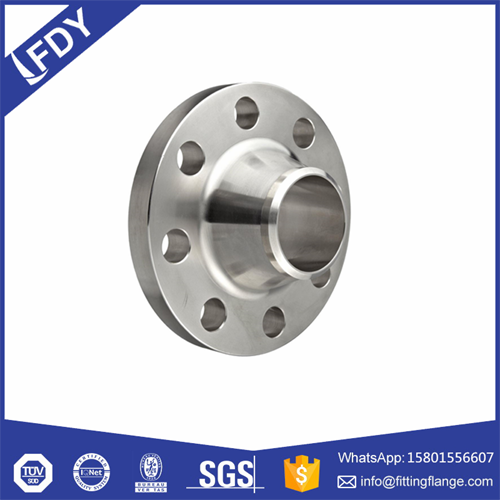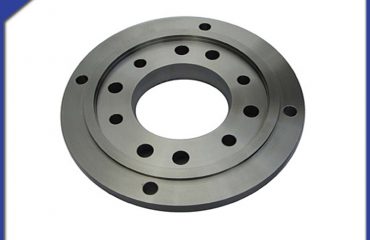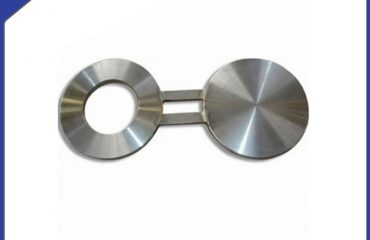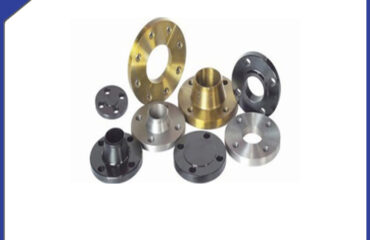
Alloy steel flanges are vital components in industrial systems, serving as connectors that ensure seamless fluid and gas transfer. Beyond their basic function, understanding how to choose, maintain, and adapt to changes in their usage is key for optimal performance. This article explores these less discussed aspects to provide a comprehensive guide.
Factors for Material Selection
Choosing the right alloy steel flange starts with analyzing operational conditions. Temperature range is critical—flanges used in high – heat settings, like boiler systems, need alloys with high chromium and nickel content to resist oxidation. For cryogenic environments, nickel – rich alloys maintain toughness at extremely low temperatures.
Pressure levels also dictate material choice. High – pressure systems, such as those in hydraulic machinery, require flanges with manganese and vanadium additions to boost tensile strength. Low – pressure applications might use simpler alloys to balance cost and functionality.
Fluid compatibility is another key factor. Flanges handling acidic fluids need molybdenum – enhanced alloys to resist pitting, while those in alkaline environments may rely on chromium for stability. Matching the alloy to the fluid prevents premature degradation.
Maintenance and Longevity
Regular inspection is essential for extending flange life. Visual checks for rust, cracks, or warping can catch issues early. For flanges in hard – to – reach areas, ultrasonic testing helps detect internal flaws without disassembly.
Proper cleaning methods vary by alloy. Mild detergents work for basic alloys, but harsh chemicals should be avoided as they can strip protective oxide layers. After cleaning, applying a thin layer of anti – corrosive coating adds a barrier against moisture and contaminants.
Tightening bolts correctly prevents leaks and damage. Over – tightening can warp flanges, while loose bolts cause leaks. Using torque wrenches ensures bolts are secured to manufacturer specifications, maintaining a proper seal without strain.
Environmental Impact and Sustainability
The production of alloy steel flanges has environmental considerations. Modern manufacturing processes are adopting energy – efficient melting techniques, reducing carbon emissions. Recycled alloy steel, which retains most of its properties, is increasingly used, lowering the need for virgin materials and cutting waste.
End – of – life management is also evolving. Flanges that are no longer usable can be recycled, with specialized facilities separating alloys for reuse. This closed – loop approach minimizes landfill waste and conserves natural resources.

Emerging Market Trends
The demand for alloy steel flanges is shifting with industrial growth. Developing regions, particularly in Southeast Asia and Africa, are driving demand due to expanding infrastructure and manufacturing sectors. These markets prioritize cost – effective yet durable flanges, favoring alloys that balance performance and affordability.
Technological advancements are shaping design trends. 3D modeling allows for precise flange customization, ensuring a perfect fit in unique systems. Smart flanges with sensors are being tested to monitor pressure and temperature in real time, enabling predictive maintenance and reducing downtime.
In conclusion, alloy steel flanges are more than just connectors—their selection, maintenance, and adaptation to market changes directly impact industrial efficiency and sustainability. By considering operational needs, prioritizing proper care, and staying informed about trends, industries can maximize the value of these essential components.
 Language
Language Espanol
Espanol English
English Italian
Italian عربى
عربى
 Skype: chinamaker99
Skype: chinamaker99  Tel: 86-316-5120812
Tel: 86-316-5120812  Email:
Email:  Whatsapp:
Whatsapp: 

